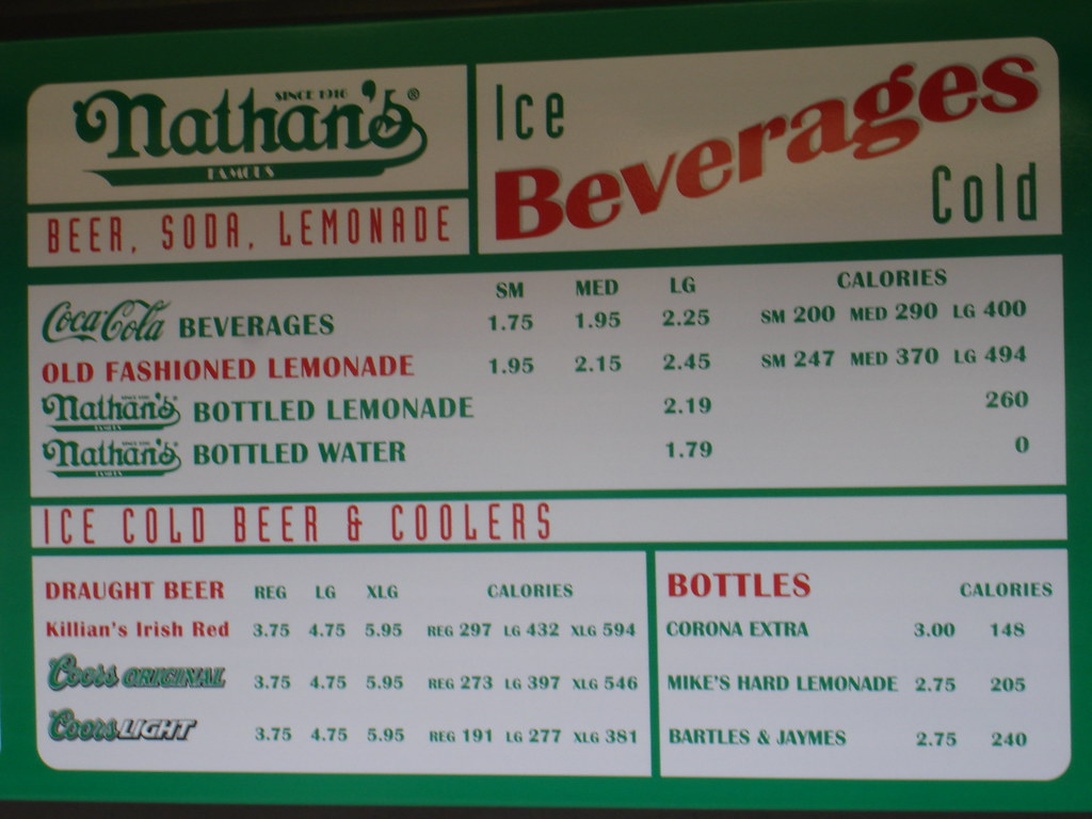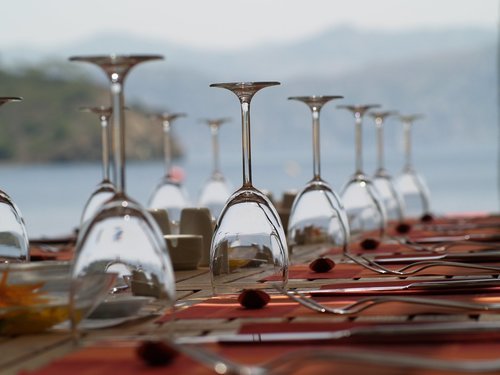
The Psychology Behind Restaurant Menu Design
Restaurant menus are far more than simple lists of dishes. They’re strategically designed tools, crafted to influence your choices and boost a restaurant’s success. By understanding menu psychology, restaurant owners and managers can increase sales, improve customer satisfaction, and build a stronger brand.
Menu Psychology: Guiding Your Choices
Menu psychology, also known as ‘menu engineering,’ blends psychology, marketing, design, and economics. It explores how customers interact with menus – how they read, what influences their decisions, and how restaurants can optimize those choices. Introduced by Albin Seaberg in 1971, this isn’t a new concept, but one refined over decades, as seen in research by the Restaurant Resource Group. It’s not about trickery; it’s about creating a menu that’s clear, engaging, and presents dishes appealingly.
Visual Layout and How We Read
On average, customers spend a mere 109 seconds scanning a menu. During this brief time, our eyes follow predictable patterns. One common theory is the ‘Golden Triangle’: our gaze starts in the middle, moves to the upper right, then to the upper left, as highlighted by Posist. Others propose Z- or F-shaped patterns. Regardless, certain ‘hot zones’ are prime real estate for high-profit items or dishes the restaurant wants to promote.
Pricing Strategies
Pricing is a powerful tool in menu psychology. Restaurants use subtle techniques to guide your perception.
Smart Pricing Tactics
A common tactic is removing currency symbols. This minimizes the ‘pain’ of spending, making prices seem less prominent, a technique discussed by Mental Floss. Some research even suggests that writing out prices (e.g., ‘twelve’ instead of ‘$12’) can encourage higher spending. Prices ending in .95 might feel ‘friendlier,’ while upscale restaurants often use round numbers to convey exclusivity (Posist).
The Power of Decoys
Another strategy involves ‘price anchors,’ or ‘decoys.’ A very expensive dish, like a lavish seafood platter, makes other items appear more reasonable, a concept explored by WIRED. This plays on our tendency to avoid extremes. A $200 bottle of wine makes a $75 bottle seem much more reasonable, even if both are above what you’d normally spend.
Language and Visuals
The words used to describe dishes are just as vital as pricing. Detailed, enticing descriptions can boost sales by up to 30%, as reported by the BBC and Mental Floss.
Writing to Entice
Sensory words like ‘juicy,’ ‘creamy,’ ‘hand-crafted,’ or ‘locally-sourced’ stimulate the appetite and create a perception of quality (WISK). Briefly mentioning a dish’s origin or unique ingredients can also make it more appealing. Consider ‘Grilled Salmon’ versus ‘Succulent, Line-Caught Alaskan Salmon, Grilled to Perfection, Drizzled with a Lemon-Herb Butter.’ The latter creates a far more vivid and enticing image. Even the font choice plays a role; italic fonts can convey elegance, while rounded fonts may be linked to sweetness (BBC).
The Role of Images
Pictures can be powerful, but should be used carefully. A single, well-placed photo can increase a dish’s sales by up to 30% (Mental Floss). However, too many images can create a cluttered, downmarket feel, which is why high-end restaurants often use them sparingly or not at all (Dojo Tech). Digital menus with high-quality, moving images can be very effective, though. Strategically placed photos of signature dishes are often more persuasive than a menu filled with images.
Design and Overall Atmosphere
Colors used on the menu and throughout the restaurant impact mood and appetite. Red and yellow can stimulate appetite and grab attention, while blue and green may promote calm and a sense of health, as discussed by Future Food. Darker colors can communicate exclusivity. The overall atmosphere, including music and scents, also matters. The Guardian notes that classical music can boost sales of expensive wines, and slower music might encourage guests to stay longer. These elements should complement the menu design. A menu highlighting healthy options might use a green color scheme and calming design.
Strategic Color Use
Within the menu itself, color can highlight sections or dishes. A subtle green background for vegetarian options reinforces their association with freshness. A warm color like orange could draw attention to specials or high-profit items.
Choice and Menu Layout
Offering too many choices can overwhelm customers, leading to decision fatigue and lower satisfaction. Research suggests an ideal number of dishes per category: around six for fast-food restaurants, and seven starters/desserts and ten main courses for finer dining, according to The Guardian. Limiting choices simplifies decisions and boosts satisfaction. Clear categories also make navigation easier.
The Digital Age of Menus
Digital technology offers exciting new avenues for menu psychology. Digital menus can be personalized, show moving images, and even use AI to predict preferences (BBC). This allows for further optimization and a tailored dining experience. Restaurants are using tablets that display different menus based on time of day or a customer’s past orders. Dynamic pricing, adjusting prices based on demand, is also becoming more prevalent.
Menu Engineering Software and Tools
The rise of digital menus has spurred the development of specialized software. Tools like Wisk, Upserve, and Toast provide data analysis, track item performance, and identify optimization opportunities. They help determine ideal pricing, placement, and descriptions, maximizing profit and customer satisfaction.
Experimenting and Improving
Menu psychology is an evolving field. Restaurants can use A/B testing to experiment with designs and track results. For instance, a restaurant might create two versions of their dessert menu: one with photos and one without. They could then track which version leads to more dessert orders over a set period. This data-driven approach allows for continuous improvement.
Keeping up with Menu Psychology
Restaurants can also use sales data, customer feedback, and industry trends. Following restaurant and food publications and blogs and analyzing the competition’s menus and marketing are also great ways to keep up-to-date.
The Evolution of Menu Psychology
Menu psychology is a dynamic, ongoing process. By analyzing sales data, testing designs, and staying informed about current research, restaurants can refine their menus for maximum impact. A well-designed menu is a worthwhile investment, leading to increased customer satisfaction, a stronger brand, and higher profits. It’s about creating a menu that informs, inspires, and engages – making it an integral part of the dining experience. Restaurant owners should regularly review their menus, track item performance, and be open to trying new strategies.




